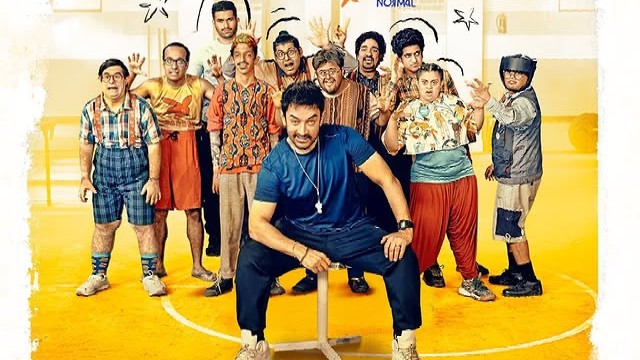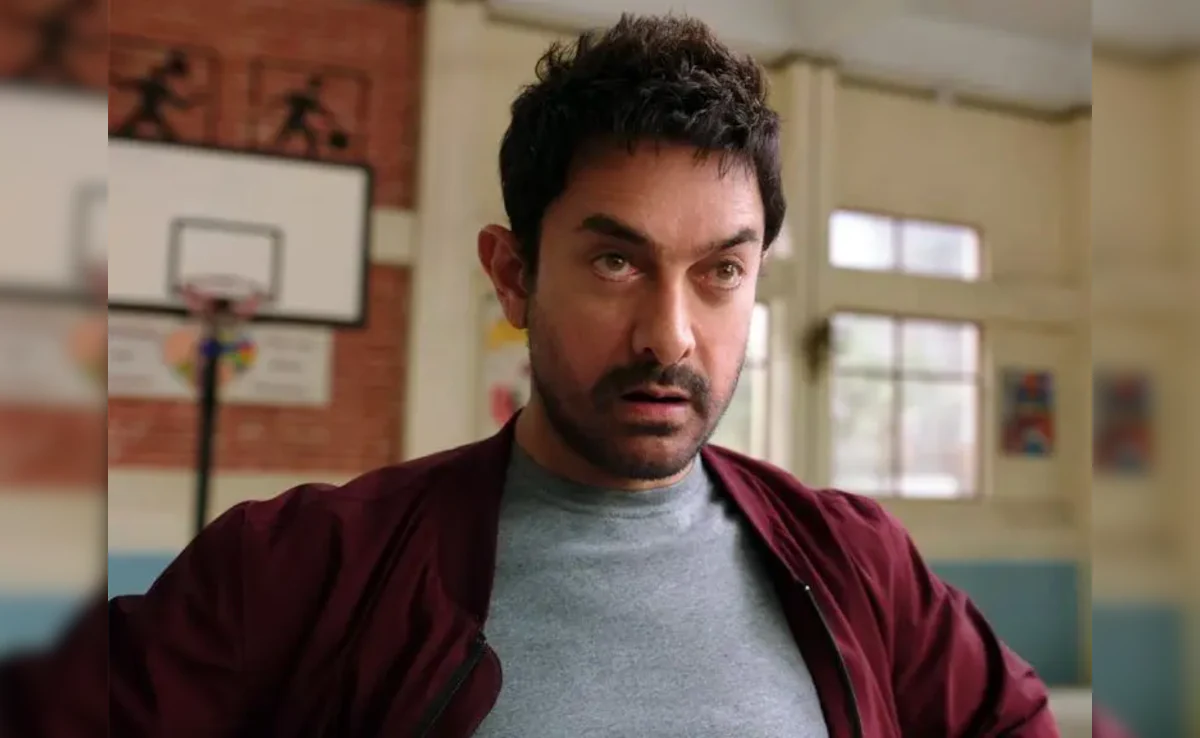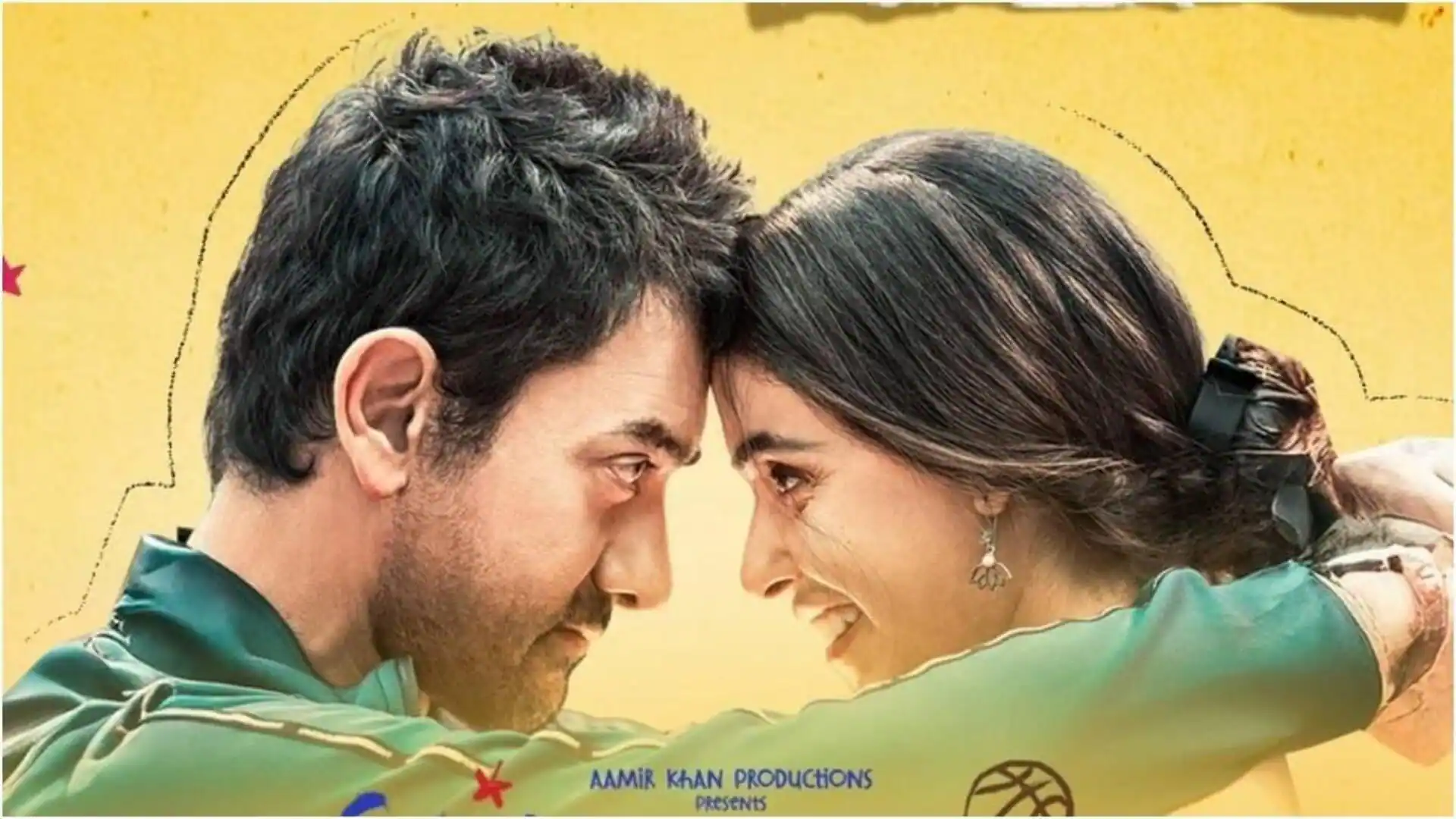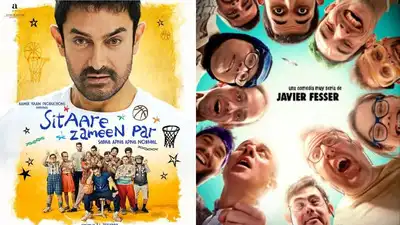Taare Zameen Par: The Film That Opened Our Hearts to Different Minds
Sometimes a movie comes along that doesn't just entertain—it transforms how we see the world. Taare Zameen Par, Aamir Khan's directorial debut, is one such film that gently but powerfully changed how India views learning disabilities and the children who experience them.

Released in 2007, this heartwarming tale of eight-year-old Ishaan Awasthi struck a chord with millions of viewers worldwide. What made this film special wasn't just its stellar performances or beautiful cinematography—it was its courage to address a topic that had been largely ignored in Indian cinema: dyslexia and learning differences.
A Story That Mirrors Reality
Ishaan's journey begins like that of countless children across India. He struggles in school, can't seem to grasp letters and numbers the way his peers do, and faces constant criticism from teachers and disappointment from parents. The film brilliantly captures the frustration of a bright child trapped in a system that doesn't understand his unique way of processing information.
Darsheel Safary's portrayal of Ishaan is nothing short of remarkable. Through his expressive eyes and natural acting, we feel every moment of confusion, sadness, and eventually, joy. It's a performance that reminds us why casting the right child actor can make or break a film like this.
Did you know? Aamir Khan spent considerable time researching dyslexia and learning disabilities before making this film. He consulted with educators, psychologists, and families affected by dyslexia to ensure authentic representation.
Aamir Khan: The Teacher We All Needed
Enter Nikumbh Sir, played by Aamir Khan—the unconventional art teacher who sees what others miss. His character represents every educator who believes that there's no such thing as a "slow" child, only different ways of learning. Khan's portrayal is nuanced, avoiding the trap of creating a savior complex while still showing the profound impact a caring teacher can have.

What makes Nikumbh Sir special isn't that he "fixes" Ishaan, but rather that he helps everyone around Ishaan—his parents, teachers, and classmates—understand that different doesn't mean deficient. This subtle but powerful message forms the backbone of the film's impact.
The Art of Teaching Differently
The film beautifully showcases alternative teaching methods that can help children with learning differences thrive:
- Visual learning: Using colors, shapes, and artistic expression to convey concepts
- Hands-on activities: Making learning tactile and engaging rather than purely textbook-based
- Patience and encouragement: Creating a safe space where making mistakes is part of learning
- Individual attention: Recognizing that each child has their own pace and style
- Building confidence: Focusing on strengths rather than constantly highlighting weaknesses
Breaking Down Barriers and Building Awareness
Before Taare Zameen Par, dyslexia was often misunderstood in India. Children with learning differences were frequently labeled as lazy, stupid, or troublemakers. The film's greatest achievement lies in humanizing these experiences and showing that behind every "difficult" child might be an unrecognized learning difference.
The movie sparked important conversations in homes, schools, and educational institutions across the country. Parents began questioning whether their child's academic struggles might have deeper roots. Teachers started looking beyond surface behaviors to understand underlying challenges.

The Ripple Effect in Education
The film's impact extended far beyond the movie halls. It contributed to:
- Increased awareness about dyslexia and other learning differences
- More schools implementing inclusive education practices
- Parents seeking proper diagnosis and support for their children
- Teacher training programs incorporating special needs education
- Reduced stigma around learning disabilities in Indian society
Why This Movie Still Matters Today
More than a decade after its release, Taare Zameen Par remains relevant because the issues it addresses haven't disappeared. In our achievement-obsessed society, children still struggle with the pressure to conform to narrow definitions of success. The film reminds us that intelligence comes in many forms, and creativity often flourishes in minds that think differently.
The movie also highlights the critical role parents play in their child's educational journey. Ishaan's father's transformation from a disappointed parent to an understanding supporter mirrors the journey many real-life parents have taken after watching this film.
Impact Beyond Cinema: Following the film's success, several NGOs and educational organizations reported increased inquiries about learning disability support services, and many schools began reviewing their approach to students with special needs.
Lessons for Parents and Educators
Taare Zameen Par offers valuable insights that extend beyond the classroom:
For Parents:
- Every child learns at their own pace—comparison with others can be harmful
- Unconditional love and support are more important than academic achievements
- Professional help should be sought if a child consistently struggles
- A child's interests and talents should be nurtured, not dismissed
For Educators:
- One teaching method doesn't fit all students
- Building relationships with students is as important as delivering curriculum
- Patience and empathy can unlock a child's potential
- Collaboration with parents is essential for student success

The Technical Brilliance Behind the Emotion
While the story and performances capture our hearts, the technical aspects of Taare Zameen Par deserve recognition too. The film's use of animation to depict Ishaan's internal world is particularly effective. These sequences help viewers understand how overwhelming and confusing the world can appear to someone with dyslexia.
The soundtrack, composed by Shankar-Ehsaan-Loy, perfectly complements the narrative. Songs like "Maa" and "Kholo Kholo" have become anthems for anyone who has felt misunderstood or different.
A Global Message with Local Heart
What makes Taare Zameen Par universally appealing is its balance of specific cultural context with universal human emotions. While firmly rooted in the Indian educational system and family dynamics, the core message resonates with audiences worldwide. The film has been screened at international film festivals and has inspired similar movements in other countries.
The Stars Are Still Shining
Taare Zameen Par didn't just tell a story—it started a movement. It reminded us that every child is special, every mind is unique, and every individual deserves the chance to shine in their own way. In a world that often values conformity over creativity, this film stands as a beacon of hope for different thinkers everywhere.
As we continue to evolve our understanding of learning differences and inclusive education, Taare Zameen Par remains a touchstone—a reminder that with patience, understanding, and love, every child can find their place among the stars.
Have you watched Taare Zameen Par with your children or students? Consider making it a family viewing experience, followed by a discussion about different learning styles and the importance of empathy. After all, the film's greatest gift isn't just its entertainment value—it's its ability to open our minds and hearts to the beautiful diversity of human thinking.
